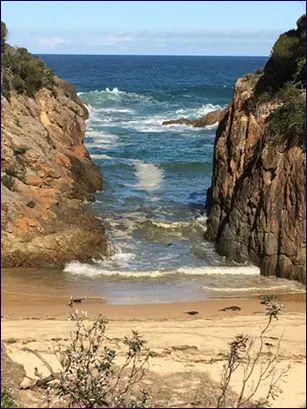Spreading the Montessori Message to the Land Down Under
It is early spring in southwest Australia. Flowers are blooming everywhere and the weather goes back and forth from warm and sunny to cold and rainy. And Montessori is alive and well here!
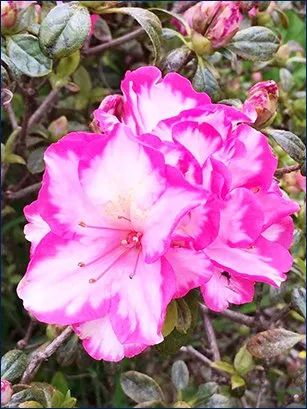
For our fifth Residency this summer, Age of Montessori is in Bega, Australia. Thomas More Montessori School, operated by Kevin and Donna McCulloch, is hosting me to teach a small contingent of Australian teachers-to-be. The trip to Australia was made possible by the generous help of a wonderful Australian family, two generations of which were AoM students, both daughter Laura and mom Mary.
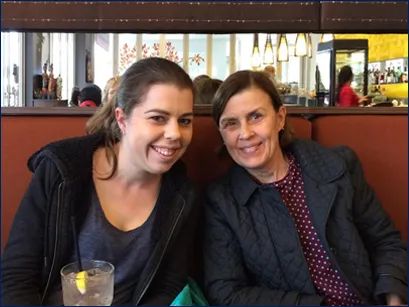
It is always a joy to see lovely classrooms all around the world, and to have the privilege of sharing the Montessori message with parents and early childhood educators, as I did yesterday at a weekend talk on the Spiritual Nature of the Child. The head director of the local early childhood center came, along with a national speaker on early childhood issues and a group of parents and grandparents from Thomas More and other local schools.
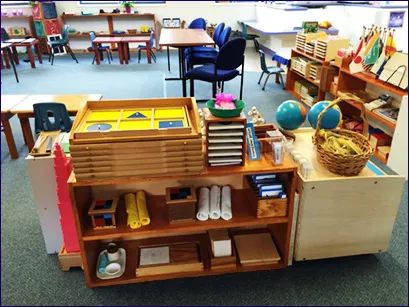
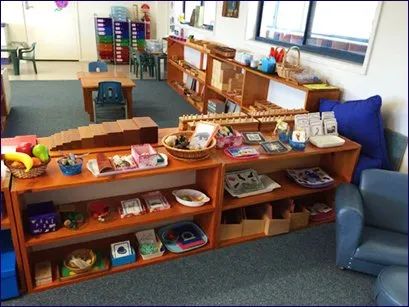
The local educators were excited to see a fully-equipped Montessori classroom. Many of them had never been inside one before to see all of the beautiful materials Maria Montessori designed and called “motives of purposeful activity.” It is in such a classroom as this that children can spend up to three hours each morning doing the self-chosen activities that correspond to their spontaneous development. There is time to work alone, to work in pairs or small groups and of course community time where the entire group can share, sing and learn how to be together in peace.
My theme for the local educators was learning to understand, respect and work with emerging stages of development. When we work with the child’s needs, such as to create order, to repeat interesting tasks, walk along the crack of the sidewalk in order to gain more coordination, we enhance the child’s mastery and sense of self. We talked together about the simple fact that the true work of the child is the development of the man or woman-to-be, and that the universal motto of the child is “help me to do it, all by myself!”
It is difficult for some of us to truly understand that whatever we do for the child that he can do for himself, becomes an obstacle to his development. And so often, we come in and rescue the child, and do it for him out of a sense of love, not realizing that we have inadvertently become an obstacle to his mastery. Or perhaps we work long hours and we do too much out of a sense of guilt. No matter what our reasons, it is well to observe the child and support her ability to do reasonable, safe things on her own. No matter how much we love our children, their development is their own! No one can do it for them.
Back in our Residency class, one of our practical life lessons that I presented and the students practiced was washing dishes. It is an unexpectedly popular task in Montessori classrooms! Children always love water lessons, and they like to be part of what we do as we care for the environment.
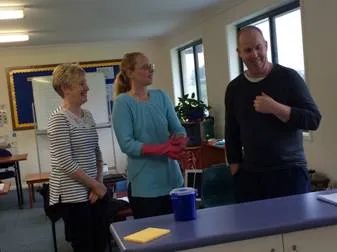
Students figuring out how they will share the tasks in washing, rinsing and drying the dishes we had used earlier in the day in the real tasks of squeezing orange juice and peeling potatoes.

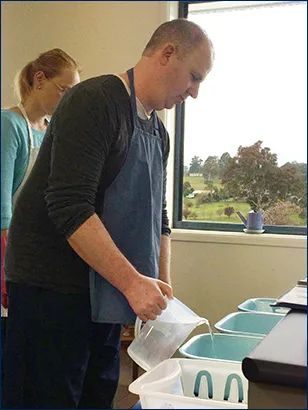
Grating the soap to make suds with the eggbeater and pouring warm water for rinsing the dishes after they have been washed.
The work goes on, and along with the work are the special sights and sounds of a new country. When we complete this Residency, I will be giving a lecture in Melbourne and a series of five talks in Adelaide on a variety of topics from “What is Montessori,” “The Voices of Autism,” “A Review of Montessori Math” and a half day on our unique Montessori reading program, “The Royal Road to Reading.” Wherever the faculty and I go, the Royal Road to Reading is always a popular subject, as people know that the high level of illiteracy in our respective nations does not have to be!

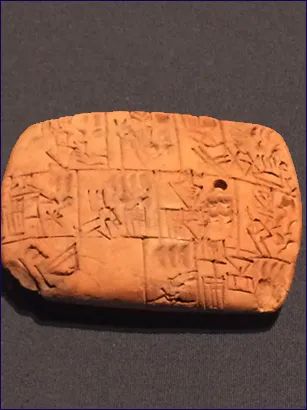
When I first arrived in Canberra, the nation’s capitol, we visited the national museum and saw an exhibit from the British Museum in London of 100 Objects of 2 Million Years of Earth’s History that included a sample of ancient cuneiform writing, a beautiful Persian miniature and stone carving of Buddha. And on the weekend, we visited breathtaking beaches along the Australian coast.
